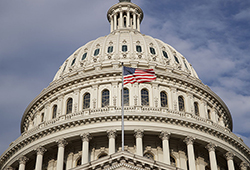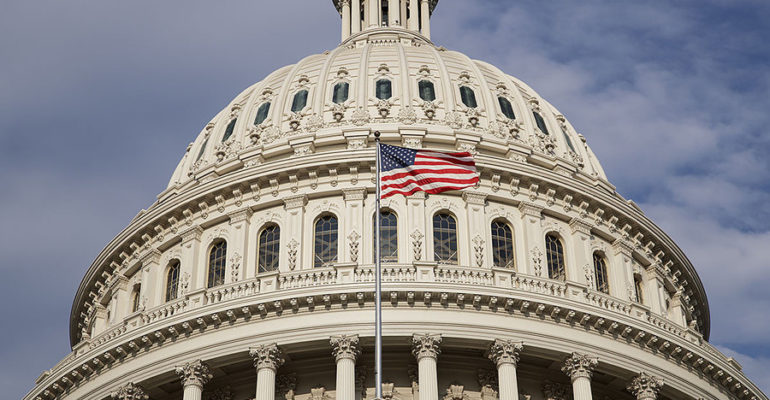 Today, March 23, 2020, marks ten years since President Barack Obama signed the Biologics Price Competition and Innovation Act (BPCIA) into law as part of the Affordable Care Act. The BPCIA—whose legislation certain members of the Big Molecule Watch team were involved in drafting—created an abbreviated regulatory pathway for seeking approval of biosimilar products and a unique litigation framework for resolving patent disputes between reference product sponsors and biosimilar applicants.
Today, March 23, 2020, marks ten years since President Barack Obama signed the Biologics Price Competition and Innovation Act (BPCIA) into law as part of the Affordable Care Act. The BPCIA—whose legislation certain members of the Big Molecule Watch team were involved in drafting—created an abbreviated regulatory pathway for seeking approval of biosimilar products and a unique litigation framework for resolving patent disputes between reference product sponsors and biosimilar applicants.
Under the BPCIA’s abbreviated pathway, the U.S. Food and Drug Administration (FDA) licensed the first biosimilar, Sandoz’s ZARXIO (filgrastim-sndz), in March 2015. The FDA has now approved a total of 26 abbreviated Biologics License Applications (aBLAs) for biosimilar products, including one biosimilar of EPOGEN/PROCRIT (epoetin alfa); two biosimilars of each of NEUPOGEN (filgrastim), ENBREL (etanercept), AVASTIN (bevacizumab), and RITUXAN (rituximab); three biosimilars of NEULASTA (pegfilgrastim); four biosimilars of REMICADE (infliximab); and five biosimilars of each of HUMIRA (adalimumab) and HERCEPTIN (trastuzumab). Of these biosimilar products, sixteen are now on the U.S. market.
The past decade also brought more than two dozen patent litigations under the BPCIA, including a pivotal case that went before the United States Supreme Court and many others that led to precedential opinions by the U.S. Court of Appeals for the Federal Circuit.
Today’s ten-year anniversary is not merely a convenient milestone, but has direct legal importance as well. Under section 7002(e)(4) of the BPCIA, any approved New Drug Application (NDA) for a “biological product” was to remain under the NDA regulatory pathway for a period of ten years, after which time any such NDAs would be “deemed to be a license” as if filed under a BLA. Accordingly, starting today, many therapeutic proteins, including insulin products, that were originally regulated through the NDA process are now being treated as if approved under a BLA. From now on, approval for any follow-on versions of these products must be sought through a BLA—either as a biosimilar in an aBLA or a new biologic in a full BLA.

